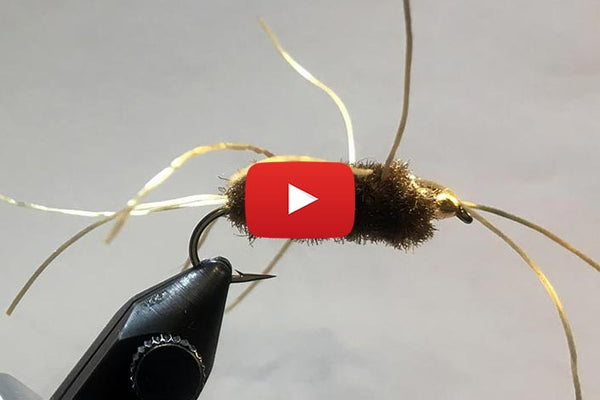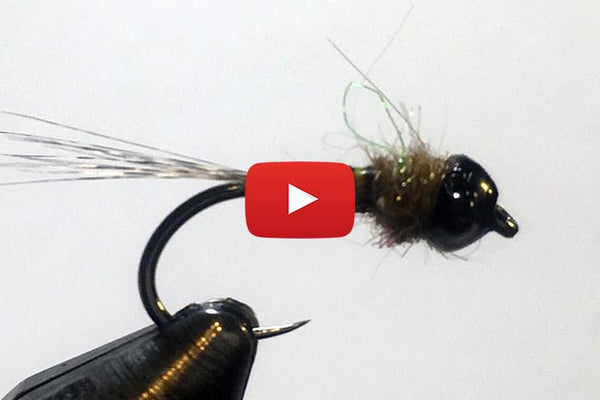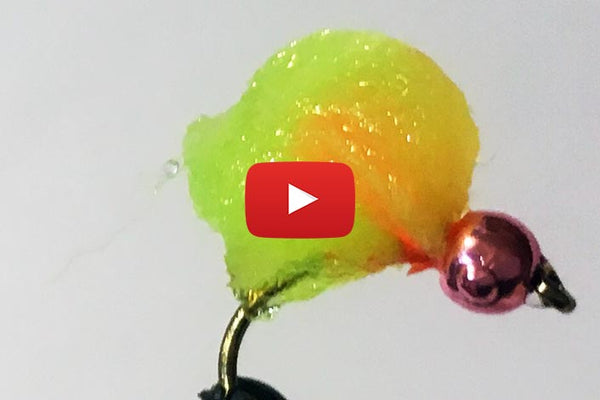Flymen Blog
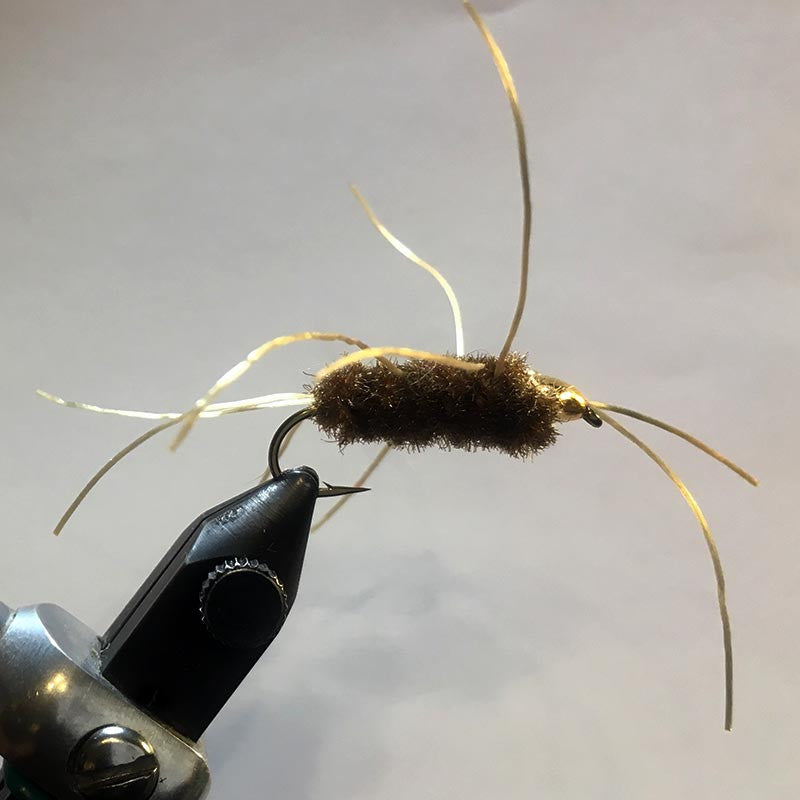
This bug is especially useful for fish that haven’t had a lot of pressure in slow water, or for all fish large enough to get their mouths around it in fast water.
With all the legs going this way and that in fast water, this fly initiates one strike after another.
One of the best things about it is that when fishing it, you really do often nail only solid fish – but of course you’ll pick up the random optimistic dink. Continue reading
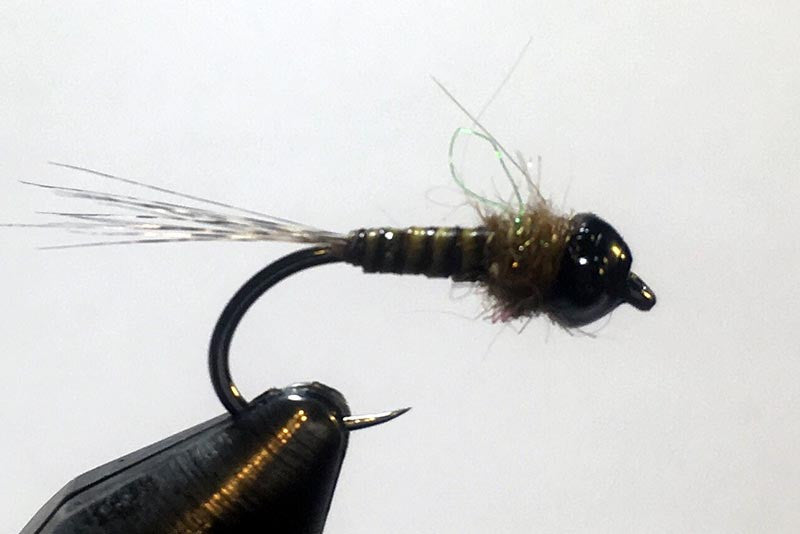
This fly is effective on pressured fish who need a little more reason to eat — especially in slow moving water when pressured fish have a long time to look at flies before they commit to eating.
Just as The Sexy Walt’s and The Frenchie are simply tied patterns, so are these quill-bodied bugs.
One of the hallmarks of these simple flies is that there’s not a lot of junk on them to keep the fly from cutting through the water on its descent to the bottom. All that extra junk on flies can also spook fish hooked too many times for their own comfort. Continue reading
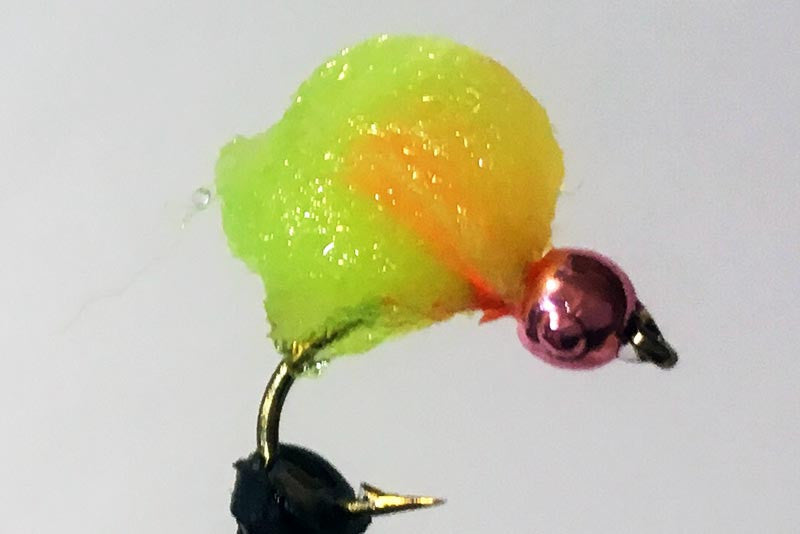
If you’re an egg-slinger and don’t have a box full of Jeff Blood’s Blood Dot Eggs, you might want to rethink your inventory.
This egg style is the single best I’ve encountered.
This fly is especially productive from October through January and March through May – or whenever the fish in your neck of the woods are spawning and eggs make up a substantial portion of the edible biomass in the water. Continue reading
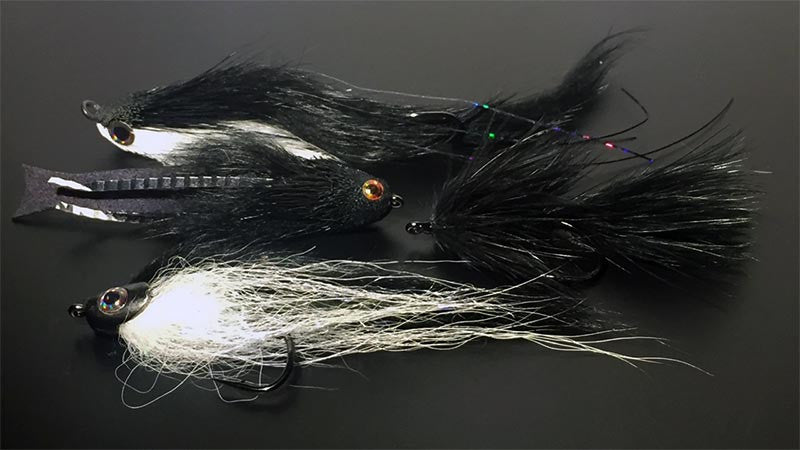
It doesn't matter what happens in the fashion industry – when it comes to fly fishing, there's no new black.
We've all heard it!
"Orange is the new black," or "purple is the new black," or even that olive would be the new black.
Don't get me wrong – I know there are a lot of colors that are really effective in different types of flies. I love throwing white deceivers to snappers and other saltwater species, and big olive flies to pike, not to mention fishing a banana-colored zonker for salmon or a big gray articulated streamer for trout.
There are so many colors that are important when it comes to flies and fly tying, but none more important than black. Continue reading
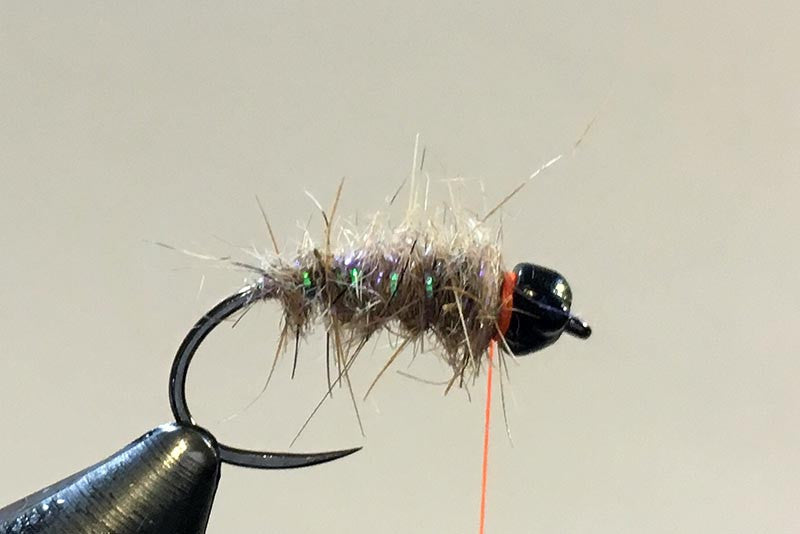
The Sexy Walt's is especially useful on highly pressured fish in slow to moderately fast-moving water.
Here’s the deal with this fly, I think. My dad has this theory – no matter how much you’ve had to eat, when you go to the bar and they pass out the peanuts, you’re going to have a handful of peanuts.
Fish are the same way. Over time, especially after a season (short or long) of pressure, fish start rethinking their meal choices. But give them a peanut, and they’ll eat. There’s no other reason midges work!
This is a peanut fly, and fish eat it up.
There’s nothing to scare fish away – no crazy rubber legs, no funky dubbing… Just simple. Continue reading


